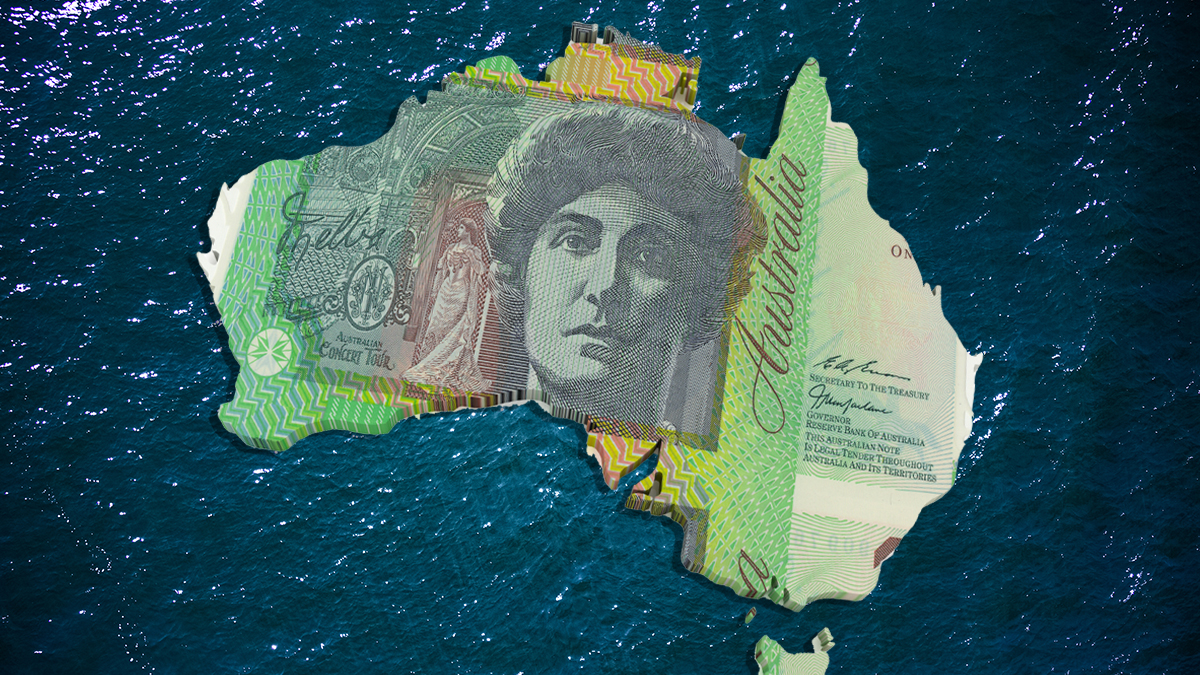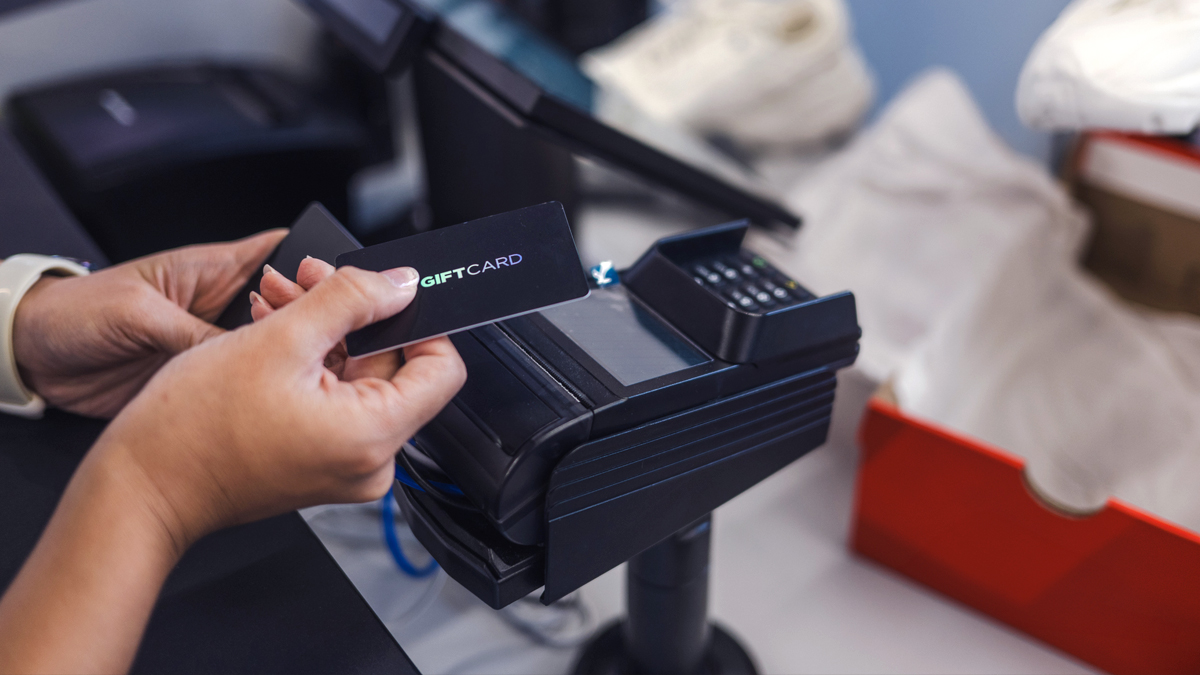Fintech loans and payments
New financial technologies are gaining ground in Australia, but are they a better option than traditional banking?
Last updated: 19 Sep 2017
In case you haven’t noticed, fintechs (short for financial technology) are moving in fast on the traditional financial services world – or at least they’re trying to.
On this page:
You’ve already been swept up in the fintech revolution if you use a bank app or contactless credit card chip, pay in Bitcoin, transact with PayPal or take part in crowdfunding or peer-to-peer (P2P) lending.
The fintech movement
The idea behind fintechs is to cut out the middlemen, streamline the process, and give customers a better experience than what’s traditionally been on offer from the banks, which, among other shortcomings, can still take a few days to process a simple electronic deposit.
The thinking is that millennials (people born between about 1980 and 2000) entering the marketplace who were reared on the customer-centric approach of tech giants like Google, Facebook, Apple and Amazon, increasingly won’t accept anything less than the same on-demand service when it comes to banking.
It’s no secret that the traditional banking industry’s commitment to customer-centricity has long hovered somewhere between minimal and non-existent.
The fintech movement is also about setting free the innovators and driving more business in one of Australia’s most vital industries – financial services. A lot of local entrepreneurial types are looking for a piece of the action.
Fintech innovation in Australia
In fact, fintechs may have become the poster boy for the government’s much ballyhooed commitment to innovation, to the extent that the regulatory barriers have been lowered so the innovators don’t get gummed up in red tape.
As Treasurer Scott Morrison puts it, the government has set the stage so fintech innovators can be “frictionless through their scale journey”.
There are a lot of fintech journeys underway out there. The appetite for financial technology in Australia – along with the talent for creating it – is on the high side compared to more populous fintech-focused countries like Germany and the UK, and regulatory barriers here are comparatively low. The industry employs somewhere around 10,000 people in Australia.
Competing with banks
fintechs are certainly in competition with other fintechs, but the real competition is the established financial service industry, epitomised by the big four banks. Consumer banking is where fintechs aim to cause the most disruption – and many would say it’s an area where disruption is long overdue.
And the fintechs – or at least those not already owned or sponsored by the banks – seem to be coming at the banks from all sides. One recent startup, Spriggy, is out to grab its fair share of the kids’ bank accounts market, for instance.
The app allows parents to handily park their children’s pocket money into a linked account and prepaid card, rather than having to schlep the coins and notes over to a bank branch.
Light touch regulation
At the government’s bidding, the financial services regulator, ASIC, is allowing fintechs to sidestep some of the hurdles that more traditional financial services providers have had to jump over on their way to market.
Some fintech starts-ups, for instance, are allowed to test their product on the public for 12 months without a financial services licence.
You might even say fintech wannabes have found a friend in ASIC: so far it’s given quite a few of them tips on how to go to market without running afoul of the regulator.
The help came through ASIC’s Innovation Hub, which kicked off in March 2015 and is dedicated to helping fintechs get up and running without overstepping regulations.
As it stands, most startup fintechs don’t have a financial services licence, but those who plan to fully go to market will have to get one or be an authorised representative of a licence holder.
The 12-month “regulatory sandbox” is not a total free-for-all: newbie fintechs can only have 100 customers, and the customers can only commit a maximum of $10,000 if the fintech is investment-related.
CHOICE concerns
While CHOICE is all for financial innovations that benefit consumers and give the big banks a run for their money, we think a regulatory holiday poses too high a risk in a scandal-ridden sector that has left too many people substantially out of pocket.
Over the past 10 years, consumers have lost about $5.7 billion to financial advisers and financial services providers who put their own interests first. The scandals have included Opes Prime, Storm Financial, Timbercorp/Great Southern, Bridgecorp, Fincorp, Trio/Astarra, Westpoint and Commonwealth Financial Planning.
In a 2016 submission to ASIC on the subject of innovation in the finance sector, we said: “CHOICE strongly opposes any AFS licence exemption for financial advice services. Our opposition is based on the risks these services have posed to consumers in the past and the inability of the sector to provide adequate compensation arrangements for consumers without a last resort compensation scheme.”
In short, we believe it’s a sector where regulations should be tightened, not relaxed.
The rise of fintechs
Nevertheless, the FinTech world does seem to be humming along. The size of the market in Australia has grown substantially year on year. In 2014, $9.45 million changed hands by way of P2P consumer lending platforms, for instance; in 2015, the P2P consumer lending figure stood at $43.15m.
And when it comes to money raised through crowdfunding, the figure jumped from $8.2m to $26m over the same time period.
With so much money flying around, there are concerns that mere passwords won’t offer enough protection. With that in mind, the government says it’s committed to helping consumers establish a trustworthy digital identity in new and innovative ways, rather than just through passwords and the like. We’ll have to stay tuned on that one.
Too much choice?
The current fintech renaissance is providing us with a welcome alternative to traditional banking services. But there may be a question of how many fintechs Australia actually needs, or whether some of the most indebted consumers on the planet will benefit from new-fangled ways to borrow.
At the moment, there are at least 86 fintech tools operating in Australia through which you can borrow money, most of which are P2P lending services.
And there are at least 24 crowdfunding services on offer. It’s no surprise, then, that the biggest external challenge for fintechs these days is finding customers.
The risks of using fintechs
As with all financial products, the key to avoiding rude shocks in the fintech world is reading the fine print – every last word of it. Everything’s done online, so blindly clicking away your consent can potentially have negative consequences if you don’t know what you’re agreeing to, especially when it comes to payment agreements.
- Instalment-based charging – If you click the ‘agree’ box and provide your financial details, you may be signing up to a subscription payment arrangement, in which money will be debited from your account monthly or annually. Most fintechs in Australia appear to have adopted this model, though these services are likely to be focused on asset management rather than lending.
- Transaction-based charging – You’ll pay a single fee, either based on a percentage of the transaction amount or a percentage of the funds under investment.
CHOICE thinks terms and conditions should be comprehensible to anyone who can read and digestible in a reasonable period of time, something that you don’t often find in the online world. So if a fintech’s Ts and Cs leave you mystified, move on to another fintech.
Better borrowing through fintechs?
Most fintech products on the market in Australia are designed for lending money to consumers or businesses, and they often promise to get you the money much faster than a bank and base the interest rate on a personalised assessment of your creditworthiness rather than imposing a standard rate. But fintechs don’t always get it right.
There are cautionary tales out there. In 2016, it was reported that market-leading US FinTech lender, LendingClub, had sold about $30m worth of loans at a risk level that didn’t match what the investors financing the loans considered acceptable. The money was returned to the investors, and LendingClub’s share price plummeted.
According to Cameron Dart, the founder and CEO of Australian FinTech, an industry body representing the sector and advocating for its growth, “time and ease” are the main advantages of borrowing through a fintech product.
“We know for a fact that a small business applied for a $10,000 loan on a Tuesday and the money was in their bank account that Friday,” Dart said, citing one recent example.
“No bank could possibly analyse and approve a loan and deposit funds within three to four days. The only exception might be if the business was an existing client and all their affairs were in order and completely up to date. We know that this particular business was a brand new customer and borrowing for the first time through the fintech lender.”
Dart acknowledges that interest rates aren’t necessarily lower through fintechs but says “we’re sure most businesses would be happier to pay a percentage or two more than a traditional lender in order to obtain a loan in a quicker and easier fashion”.
Leading Aussie fintechs
Nine Australian fintech companies made the 2016 list of the top 100 fintech innovators around the world, an annual roundup compiled by the fintech investment firm H2 Ventures and KPMG fintech.
Australian fintech winners, Established category:
- Prospa – Offers small business loans from $5000 to $250,000 with payback terms from three to 12 months, “for any business purpose”. Prospa says it makes decisions “in as little as one hour – 90% of customers receive their funds within one business day”.
- Tyro – A payment system technology designed for businesses. The technology integrates with other payment systems including EFTPOS. “Sub 1.6 second transactions to keep queues short,” the company claims.
- Society One – A P2P lender that says it provides “simple, investor funded personal loans with low rates based on your good credit history”.
Australian fintech winners, Emerging Stars category:
- Afterpay – Allows you to pay for goods in instalments direct debited from your credit card or other payment option. You get to take the goods home and finish paying fortnightly.
- Brighte – Offers 0% interest loans to approved homeowners for household energy efficiency improvement, such as solar panels or more efficient windows.
- Data Republic – A customer data exchange service to help businesses better target their services to customers.
- Identitii – Allows banks and other financial institutions to get more information about where and when payment transactions occur.
- HashChing – An online home loan service that connects you with mortgage brokers.
- Spriggy – Allows parents to manage kids’ bank accounts using digital tools.
Fintech safety and security tips
Some startup fintechs out there may still be refining the product and not quite ready for prime time, even though the product may be available to customers under ASIC’s regulatory grace period.
Here are a few things to check:
- How long has the fintech been around? Is it a brand new product that has yet to prove itself? If so, it’s probably best to find a well established product.
- Is it a subsidiary of a well established overseas fintech, likely from the US or UK? If so, that’s probably a good sign.
- How many customers does the fintech have, and has it partnered with a major financial backer such as a bank or venture capital firm (this information should be on its website)? If so, that’s probably a good sign.
- Search around for reviews and commentary about the fintech on the internet. If it’s a dud, there’s probably plenty of comment to that effect.
Related
Andy Kollmorgen is the Investigations editor at CHOICE. He reports on a wide range of issues in the consumer marketplace, with a focus on financial harm to vulnerable people at the hands of corporations and businesses. Prior to CHOICE, Andy worked at the Australian Securities and Investments Commission (ASIC), and at the Australian Financial Review. Andy is a former member of the NSW Fair Trading Advisory Council. He has a Bachelor of Arts in English from New York University. LinkedIn
Andy Kollmorgen is the Investigations editor at CHOICE. He reports on a wide range of issues in the consumer marketplace, with a focus on financial harm to vulnerable people at the hands of corporations and businesses. Prior to CHOICE, Andy worked at the Australian Securities and Investments Commission (ASIC), and at the Australian Financial Review. Andy is a former member of the NSW Fair Trading Advisory Council. He has a Bachelor of Arts in English from New York University. LinkedIn





